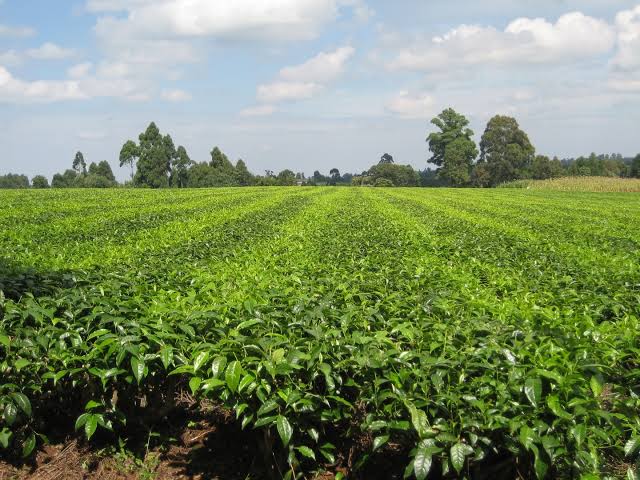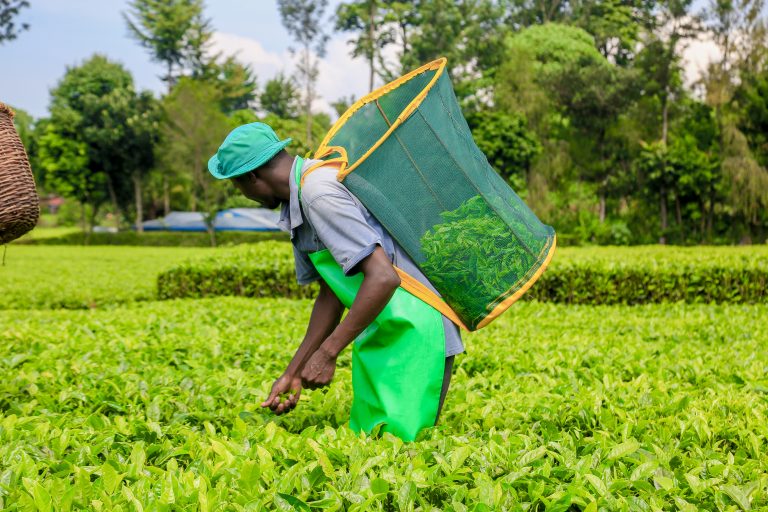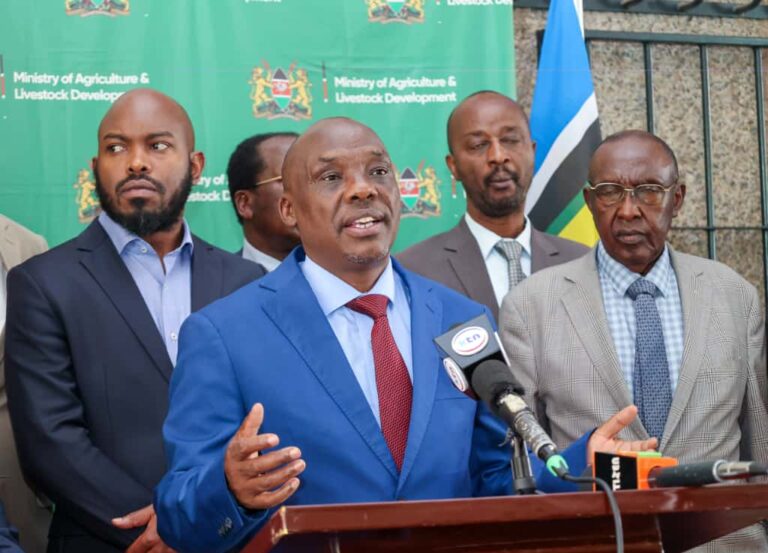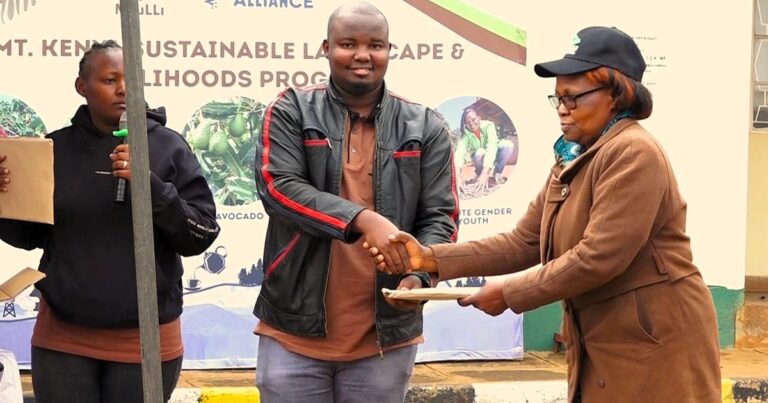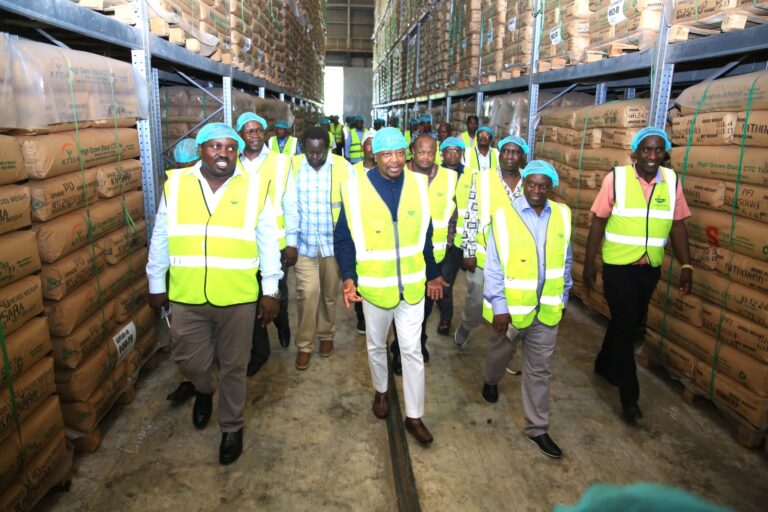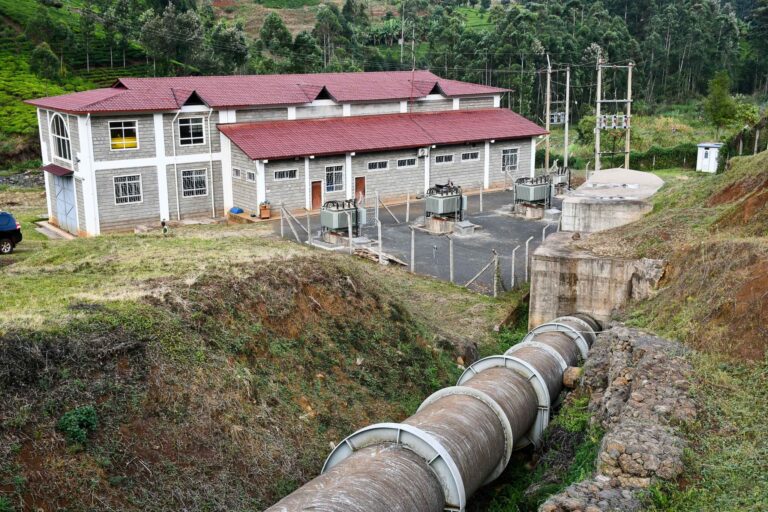Is it a storm in a teacup or a cyclone in the tea sector? What is the state of the Tea Sector in Kenya? According to the Economic Survey of 2019, smallholder farmers in 2018 produced 272,500 tons of tea and tea estates produced 220,500 tonnes. Tea Estates performed better with a yield of 2932.2kgs /ha while smallholders achieved a yield of 2030kg/ha.
All these numbers look good but the question is: are tea farmers making money? I used to belief tea farmers are among the richest, but when I interacted with them, I realized over the years just like their coffee counterparts they have gradually become poorer. I summarized their challenges into three points.
- Old tea bushes: most tea bushes are over 50 years old with very low yield mostly less than 2kgs per bush.
- The very high cost of labour specifically during tea picking. It is no secret that tea pickers in the village earn more money than farmers. While the Kenya Tea Development Authority (KTDA) pays farmers about Kshs. 13 per Kg, (they have increased gradually) tea pickers demand up to Kshs. 11 per kg. To make the matter worse, any time there is an increment, tea pickers increase the cost of their labour by the same margin.
- Marketing: KTDA does marketing and has done a good job at it. I am one of the greatest supporters of KTDA but over the years farmers I have interacted with complained that although KTDA has invested in various sectors including power generation using farmers money, they are yet to translate these investments into earnings for the farmers. This has led to an increase in abandoned tea bushes and tea hawking. So, KTDA needs to communicate better with farmers. As we stand now, they are talking to farmers in meetings and publishing materials but they are not communicating.
So, tea farmers and stakeholders should, in my opinion, do the following:
- Set up a fund to help farmers replace old tea bushes with newer high yielding tea clones. The main cost is not even the seedlings but uprooting the old bushes and loss of earnings for the period between planting and the first harvest. An 8 -10-year plan and the fund can cover this. Farmers can change their bushes in 4 cycles. So, farmers are provided with technology to uproot the bushes, seedlings for new clones and foregone earnings for the uprooted bushes. Within 4 years all bushes will be changed and within 8 years all new clones will be in production and the costs farmers incurred can be knocked off from sales of higher-yielding bushes.
- Smallholder tea farmers must embrace mechanical tea harvesting. KTDA was doing trials at their Kangaita farm and they should advise farmers on the best tea picking machines for smallholder tea farmers based on the results from the trials. Any savings from this will go straight into farmers pockets and is likely to save farmers a minimum of Kshs. 5 per Kg.
- In Nov 2018, the 2nd Africa Tea Symposium and Exhibition was held in Nyeri. I was excited by the advances in research to produce more products from tea. I saw tea wine, tea tablets, tea lotions, etc. KTDA and other marketers must look at ways they can use research to diversify on tea products.
- Other marketers looking to source tea from farmers must be organized like KTDA. That is – register farmers and source tea in a structured manner and not current parasitic and opportunistic sourcing they are doing increasing unhealthy hawking of tea


